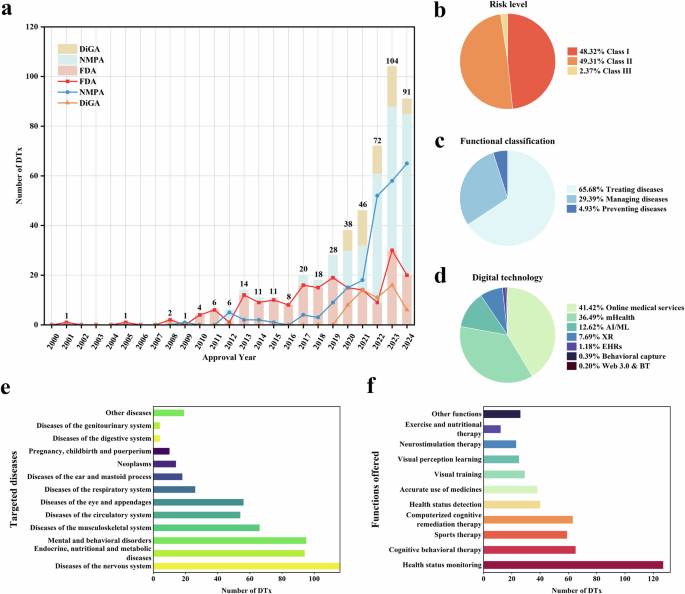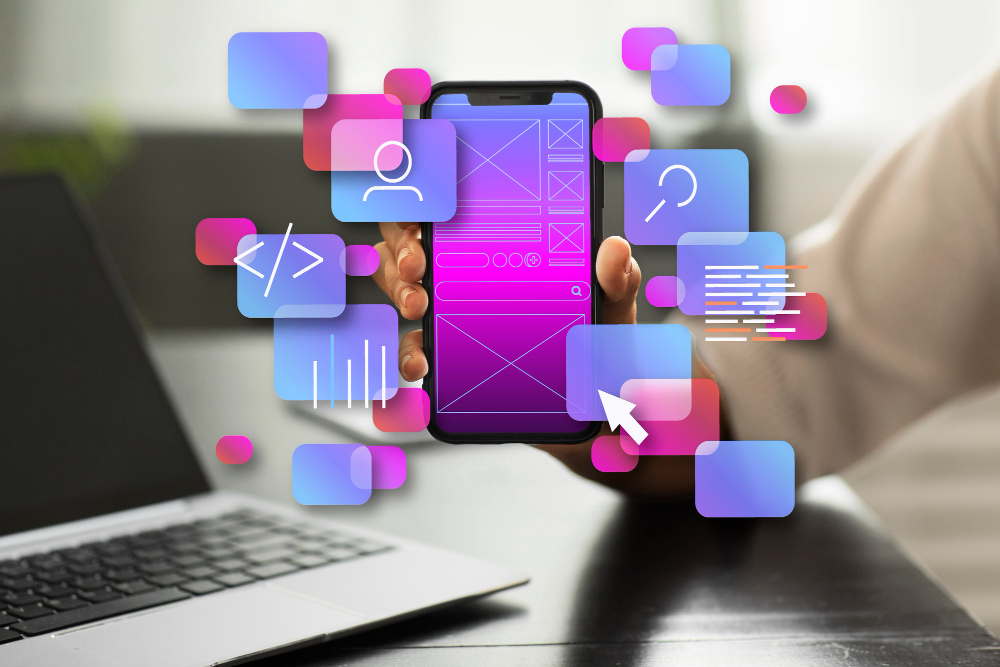What mobile apps are useful for your clinical practice?

Future application
Mobile app expansion and technological advances have the potential to alter the traditional face-to-face health care delivery model. Clinicians might see a shift in how they practice in the future due to mobile app development. Remote sensor technology in conjunction with mobile app support has the potential to transmit clinical information without face-to-face contact with patients, enabling clinicians to offer virtual in-home health assessments and encounters.31
The use of in-home monitoring devices and video technology has shown no differences in clinical outcomes when compared with traditional care and a decline in hospital readmissions with a monitoring process.10
With the large number of smartphone users, the use of mobile computing will continue to grow. Smartphones and mobile apps will become part of everyday hospital communication, from linking with on-call schedules to facilitate appointments, to obtaining referrals for patient education, to following up with patients postdischarge.32 The use of mobile health apps will have the potential to be integrated into every facet of the continuum of care.
There are global efforts to expand mobile health, and the World Health Organization (WHO) is taking the lead with multiple partners to expand the efficiency and use.33 Areas of focus for future development are the creation of mobile telemedicine, disease surveillance, raising awareness with social media, and decision support systems.
During the most recent Ebola virus outbreak in Africa, smartphones and mobile apps were used for disease and health event investigation, surveillance, health teaching, referral, and outreach.34 The use of mobile apps in cases such as these will only increase in the future.
Conclusion
Health information technology has the potential to improve patient outcomes in primary care.35 The NIH states that the use of mobile phones, smartphones, and mobile apps offers technologies that can make a significant difference to public health and health care delivery in the future.8 Many patients may already be using mobile apps for their personal health care prior to the office visit. Today’s clinicians need to become more aware of mobile apps and their great potential for patient-centered care, follow-up, and improving health outcomes.
Paula McNiel, DNP, RN, APHN-BC, is an assistant professor in the College of Nursing at the University of Wisconsin Oshkosh. Erin McArthur, MLIS, is an academic librarian at Polk Library at the University of Wisconsin Oshkosh.
References
- Williams J. The value of mobile apps in health care. Healthc Financ Manage. 2012;66:96-101. Available at: hfma.org
- Pew Research Center. Mobile technology fact sheet. 2014. Available at: pewinternet.org/fact-sheets/mobile-technology-fact-sheet
- van Velsen L, Beaujean DJMA, van Gemert-Pijnen JEWC. Why mobile health app overload drives us crazy, and how to restore the sanity. BMC Med Inform Decis Mak. 2013;13:23.
- Pew Research Center. Mobile health 2012. 2012. Available at: pewinternet.org/2012/11/08/mobile-health-2012
- Pew Research Center. Family caregivers are wired for health. 2013. Available at: pewinternet.org/2013/06/20/family-caregivers-are-wired- for-health
- Mosa ASM, Yoo I, Sheets L. A systematic review of healthcare applications for smartphones. BMC Med Inform Decis Mak. 2012;12:67.
- Ozdalga E, Ozdalga A, Ahuja N. The smartphone in medicine: a review of current and potential use among physicians and students. J Med Internet Res. 2012;14(5):e128.
- National Institutes of Health. mHealth-mobile health technologies. Available at: obssr.od.nih.gov/scientific_areas/methodology/mhealth
- Cohn AM, Hunter-Reel D, Hagman BT, Mitchell J. Promoting behavior change from alcohol use through mobile technology: the future of ecological momentary assessment. Alcohol Clin Exp Res. 2011;35:2209-2215.
- Demiris G, Afrin LB, Speedie S, et al. Patient-centered applications: use of information technology to promote disease management and wellness. A white paper by the AMIA knowledge in motion working group. J Am Med Inform Assoc. 2008;15(1):8-13.
- U.S. DHHS. Mobile medical applications: guidance for industry and Food and Drug Administration staff. 2013. Available at: fda.gov/downloads/MedicalDevices/…/UCM263366.pdf
- Powell AC, Landman AB, Bates DW. In search of a few good apps. JAMA. 2014;311:1851-1852.
- Thomas JJ, Hart AM, Burman ME. Improving health promotion and disease prevention in NP-delivered primary care. J Nurse Pract. 2014;10(4):221-230.
- Miller J. Simplified smartphones for boomers and seniors. May 16, 2013. Available at huffingtonpost.com/jim-t-miller/smartphones-for-seniors_b_2843091.html
- Cho J, Park D, Lee HE. Cognitive factors of using health apps: systematic analysis of relationships among health consciousness, health information orientation, eHealth literacy, and health app use efficacy. J Med Internet Res. 2014;16(5):e-125.
- King D, Greaves F, Exeter C, Darzi A. ‘Gamification’: influencing health behaviours with games. J R Soc Med. 2013;106(3):76-78.
- Agency for Healthcare Research and Quality. Mobile device resources. May 30, 2014. Available at: guideline.gov/resources/mobile-resources.aspx
- Carrns, A. Free apps for nearly every health problem, but what about privacy? New York Times. September 11, 2013. Available at: nytimes.com/2013/09/12/your-money/free-apps-for-nearly-every-health-problem-but-what-about-privacy.html
- Frank, JN. Mobile health app revenue to grow tenfold by 2017, study predicts. May 22, 2014. Available at: modernhealthcare.com/article/20140522/blog/305229997
- Abroms LC, Padmanabhan N, Thaweethai L, Phillips T. iPhone apps for smoking cessation: a content analysis. Am J Prev Med. 2011;40(3):279-285.
- Metzger, MJ. Making sense of credibility on the web: models for evaluating online information and recommendations for future research. J Am Soc Inf Sci Technol. 2007;58:2078-2091.
- Mandalios, J. RADAR: an approach for helping students evaluate internet sources. J Information Sci. 2013;39:470-478.
- Meola, M. Chucking the checklist: a contextual approach to teaching undergraduates web-site evaluation. Portal: Libraries Acad. 2004;4:331-334.
- National Network of Libraries of Medicine. From snake oil to penicillin: evaluating consumer health information on the internet. May 13, 2013. Available at: nnlm.gov/training/consumer/snakeoil
- U.S. National Library of Medicine. MedlinePlus guide to healthy web surfing. April 18, 2012. Available at: nlm.nih.gov/medlineplus/healthywebsurfing.html
- Alexander JE, Tate MA. Web Wisdom: How to Evaluate and Create Information Quality on the Web. Mahwah, NJ: Lawrence Erlbaum Associates; 1999.
- California State University Chico. Evaluating information: applying the CRAAP test. Sept. 17, 2010. Available at: csuchico.edu/lins/handouts/eval_websites.pdf.
- CDC. Mobile apps. Sept. 18, 2014. Available at: cdc.gov/mobile/mobileapp.html
- CDC. Health-e-Cards. March 28, 2012. Available at: tools.cdc.gov/ecards/
- Haymarket Media, Inc. Clinical advisor (version 3.7.2.1302). 2014. Available at: itunes.apple.com
- While A, Dewsbury G. Nursing and information and communication technology (ICT): a discussion of trends and future directions. Int J Nurs Stud. 2011;48(10):1302-1310.
- Barton AJF. The use of smartphones in hospitals. Clin Nurs Spec. 2012;26(3):128-130.
- 33. WHO. mHealth: New horizons for health through mobile technologies. Second global survey on eHealth. Geneva, Switzerland: World Health Organization; 2011. Available at: who.int/goe/publications/goe_mhealth_web.pdf
- Mwanza K. West Africa looks to mobile technology to help stop Ebola epidemic. July 11, 2014. Available at: afkinsider.com/64143/west-africa-looks-mobile-technology-help-stop-ebola-epidemic
- Bélanger E, Bartlett G, Dawes M, Rodriguez C, Hasson-Gidoni I. Examining the evidence of the impact of health information technology in primary care: an argument for participatory research with health professionals and patients. Int J Med Inform. 2012;81(10):654-661.
All electronic documents accessed June 3, 2015.
From the June 01, 2015 Issue of Clinical Advisor
link







